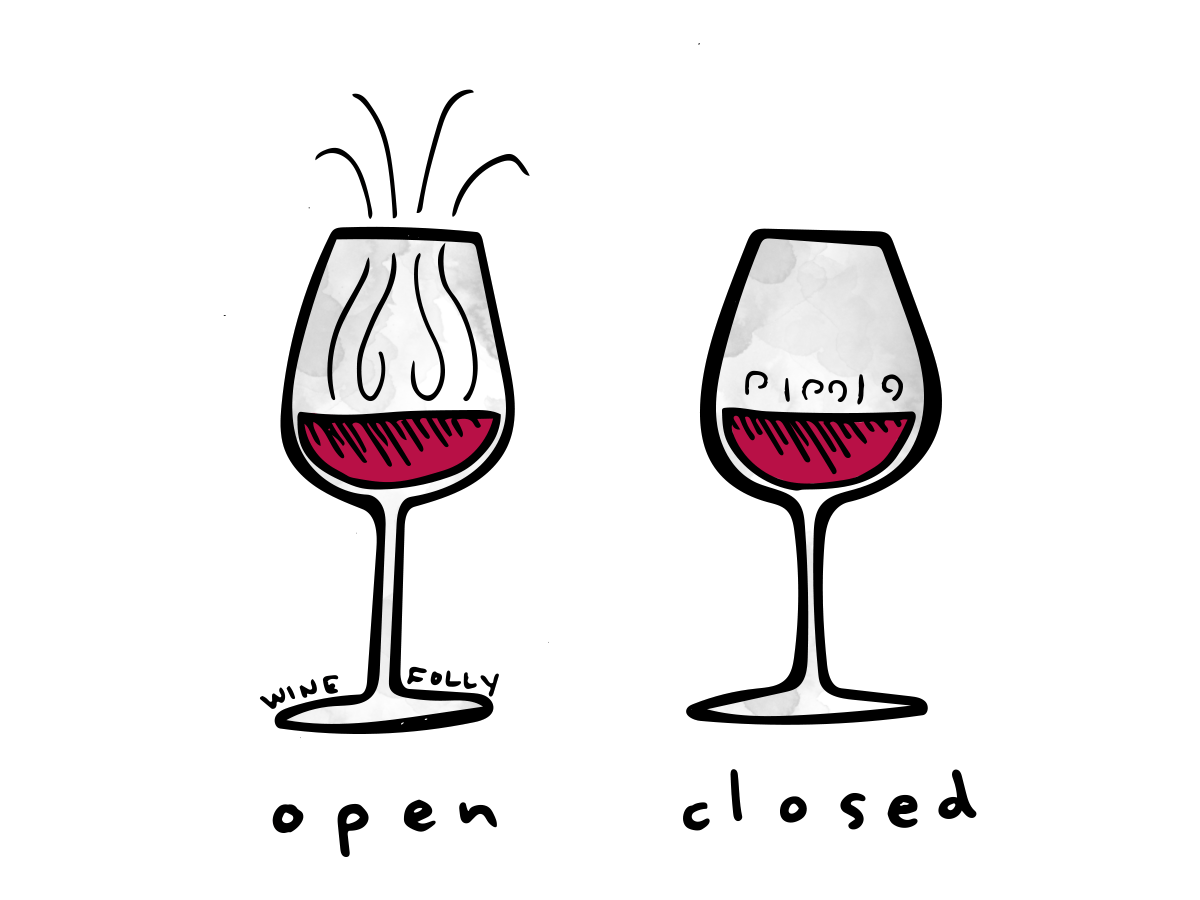Oenophiles with a very refined palate can identify a wine by its grape or region based on a single sip – or even a smell. But you don’t need to be so accomplished to know your own preferences. Understanding the five basic characteristics of wine will help you enjoy tastings for years to come.
1) Sweetness
The residual sugar in wine is the amount of sugar that remains after the wine has been created. A sweet wine has a higher residual sugar level, whereas a dry wine’s sugars have been converted into alcohol.
You will often detect sweetness on the tip of your mouth. Everyone’s taste buds are different. Sweetness can be detected by a slight tingling. Sweet wines have a greater viscosity and will cling longer to the glass.
2) Acidity
Acidity, which is often confused with alcohol concentration, gives a wine its sharpness. High acidity wines can be tart, zesty and lighter in body, as they are’ spritzy. Acidity, sweetness, and tannin are all in perfect harmony to make a ‘well balanced’ wine.
How do you detect acidity? If you rub your tongue along the roof, it may feel rough. You may also find that your mouth feels extra moist and you’re ‘gleeking,’ which is the term used to describe accidentally spraying saliva when yawning.
3) Tannin
Many people mistakenly label a wine with high tannin levels as dry because tannin can have a drying affect on the mouth. The tannin in wine is phenolic compounds, which add bitterness. Despite these characteristics, tannin helps to add structure and balance, as well as help the wine last longer. Many studies have shown that the tannins in red wine are good for you.
You can tell if a red wine is high in tannins by the way it makes your tongue feel. It may also leave an unpleasant bitter taste. The tannins in a high-tannin wine help to break down the proteins of red meat and enhance their flavour.
4) Alcohol
Wine Alcohol Percentage Levels will have the greatest impact on a wines character, body and classification. The average wine has between 11%-13% of alcohol by volume. However, it is not unusual for wines to contain as little as 5% or as much 20%.
Each person tastes alcohol differently. Genetics can influence our perception of alcohol. Wines with higher alcohol content tend to taste oilier and bolder, while wines with lower alcohol levels feel lighter. Alcohol is almost universally known to cause a warming sensation in the mouth and throat.
5) Body
The body of a wine is influenced by many things, including the variety, vintage, alcohol content, and even region. It’s a very general term. It can be helpful to compare the body of a wine with milk. Skimmed milk represents a lighter wine and cream represents a fuller-bodied wine. If the taste of a wine lingers for longer than 30 seconds in your mouth, then it is almost certainly a full-bodied one.
This classification is important for food pairing. Light-bodied wines are best suited to lighter dishes. Richer dishes like steak require a full-bodied, strong wine that can stand up to the bold aromas of the meat.



